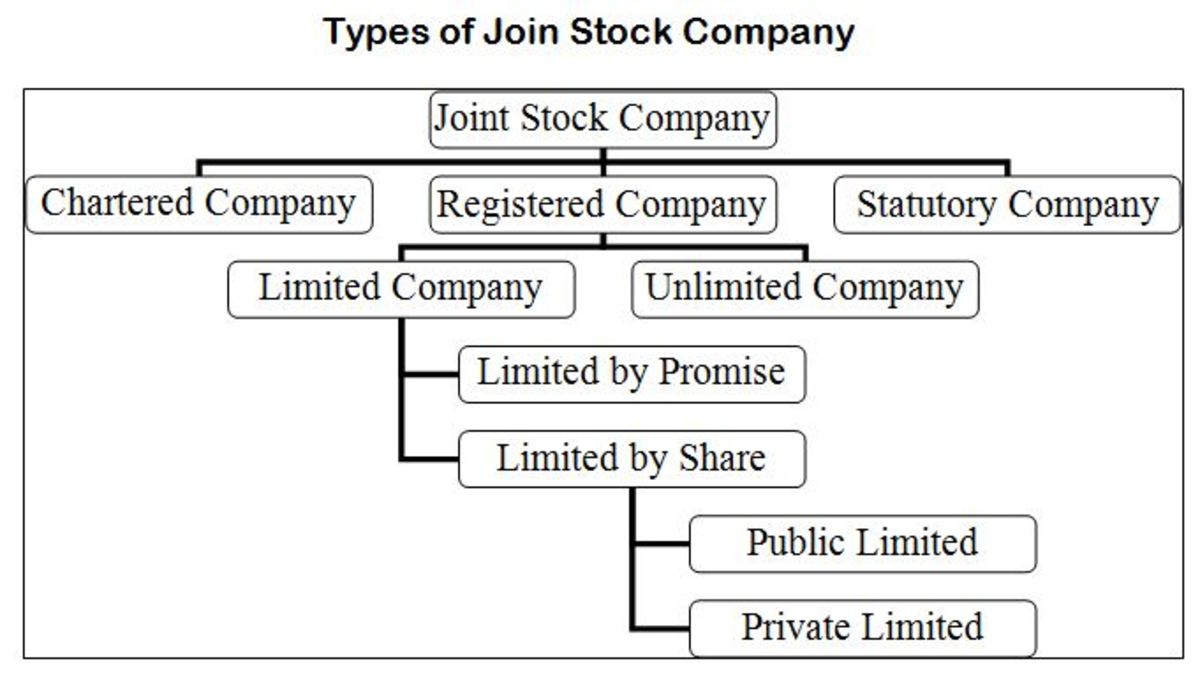An Analysis of the Business Strategy of the New York Times

Organization Description
The New York Times Company is a media group that operates a number of publications on different media platforms. Primarily launched as a print based business in 1851, the company has significantly evolved over the years to operate in the new industry and radio broadcasting in the print, as well as online media. There are almost 20 publications rolled out by the company, with the most significant ones including the New York Times, Boston Globe, and the International Herald Tribune.
The milestones of the company can be comprehensively stated in four stages. In 1851 the company was founded by the journalists and influential entities in the New York City, the most notables of which include Henry J. Raymond and George Jones. Initially, the publications were sold at the price of a penny, and more recently NYT Company publication can be purchased at a range of prices commencing from $2.50. By 1967, the ownership of the company was taken over by the Ochs-Sulzberger family, and the company traded on the New York Stock Exchange. The company initiated its online presence through the launch of nytimes.com in 1995 and customized applications for smartphones by 2004. By 2012 the New York Times Company emerged as an industry leader specifically in the print media sector. In 2014, the company launched the Times Premier and the NYT Now editions that were compatible with smartphones like iPhone.
Culture at the New York Times Company
The culture at the New York Times Company is built on diversity, fairness, integrity and truth. The company realizes that growth comes from diversity in human resource, through as well as idea generation. In this regard the company actively pursues diversity in inclusion, insight and perspectives ("Culture: Diversity," n.d.). The standards for operations employed by the New York Times Company include employing fairness in terms of news coverage as well as in its operations. The head of the company Adolph Ochs has set this culture in the company to build the reputation of the brand and enhance the professional reputation of the staff ("Culture: Standards and ethics," n.d.). The company actively seeks to avoid any conflict of interest and controversies. Aside from this, the company significantly values integrity. For enhancing and maintaining integrity, the company has set high standards, which it continuously seeks to achieve. The third principle that governs operations at the New York Times Company and is a firm component of the organizational culture is the element of truth. As an association of journalists the company seeks to communicate the truth and ensure that only reliable information is communicated to the readers. In this regard plagiarism and publication betrayal is strongly condemned.
Structure of the Company
The company has a hierarchical structure, which is headed by the New York Times Company. Two main subdivisions are operated under the names of the New York Times Media Group and the New England Media Group ("New York Times unveils," 2013). The organizational hierarchy and structure is depicted through the following diagram.
Environmental Analysis
The New York Times Company operates in a dynamic and highly competitive industry. The main competitors of the New York Times in the market include the Wall Street Journal and USA Today. The PESTL analysis conducted for the company reveals that the demographics of the target market have changed with the boom in technology and the social shift in the youth towards immediate results ("The New York Times," 2013). The explosion and wide popularity of the social media online has also forced companies in the industry to restructure and evolve their operations.
The economic environment reveals that the pressures of the financial recession of 2008 are still being experienced by the industry. The increase in inflation has increased operational costs and tariffs while the economic crisis faced by the companies in the last decade has made them more competitive. The global markets depict a trend towards cross border affiliations and integration of businesses in order to expand into new markets and grow international businesses for profitability ("The New York Times," 2009).
Over the period, the publications and newspaper industry has seen many changes, the most significant of which is the evolution of newspapers into online editions. The introduction of hand held devices, smart phones and e-readers has changed the industry for newspapers. The industry has restructured and as a result companies in the industry are finding it hard to report increasing profits while the value of sales is declining ("The New York Times," 2013). The company now has to focus on improving its products and services offered to customers using the technological innovations available.
The industry environment reveals that the younger generations are more likely to use the Internet and online source for accessing news. As a result the favorability and sales for the print editions are declining sharply while the sale of online and digital sales has increased. Aside from the technological shift in the industry, new competitors for the media house have also emerged in the form of Google, Yahoo and Microsoft with each company offering its own search engine and new publication services online.
The Porter's model reveals that the company faces a low level of threat of new entrants from in the print media sector due to high level of investment and low returns characteristic of the industry. However, the online market depicts decreasing barriers to entry for new entrants due to the technological innovations and ease of publishing online. The bargaining power of the suppliers in the market is high as the switching costs are considerably high and replacing suppliers takes time, money and large level of capital investment. The bargaining power of the buyers is also high due to high number of competitors in the market and the evolutions in the online publishing sector. The biggest problem faced by the New York Times Company is the threat of substitutes, which is considerably high. Website based news providers; magazines and blogs are substitute sources of information and news for the customers in the market, available to them free of any cost. Comprehensively, the degree of rivalry in the industry is aggressive, especially amongst the News Corporation, the Washington Post Camping and the New York Times Company.
Business Strategies
The vision behind the New York Times Company is to enhance the quality of the society through information and news dissemination at a number of different platforms ("Culture: Standards and ethics," n.d.). In order to achieve its objective, the company employs a number of different corporate level and business level strategies.
The Ochs-Sulzberger family retains the major controlling stake in the company and drives that the corporate level strategies. These include diversifying revenue to generate it from different revenue streams. The company seeks to strengthen the core operations in the market by increasing its presence in the online and digital market while creating a strong asset portfolio. The focus is on delivering high quality content. The company also has a string corporate citizenship program in place, which works in tandem with the changes in the social environment. In terms of human resource, the company employs a fair treatment policy for its employees that encourages diversity and seeks to improve on accountability as well as excellence in performance.
The specific business level strategies employed by the company pertain to expanding operations on the digital platform and continuously developing new channels for operations. The company strives to utilize the brand value and strength of the New York Times Company to increase the revenue for the company. In order to counteract changes in the circulation level, the company adjusts the price of subscription of online as well as print based products and services. Other changes that the company has made in its business level strategies to remain competitive include reducing news coverage by almost 5%, decreasing the width of the print paper by 6 inches and offering a 48 inch column width based e-papers (Blodget & Angelova, 2011). The advertising revenue is the second major source of revenue for the company after the sales of its product and services. In order to increase the presence on online media, New York Times Company seeks to maintain profitability of About.com and actively pursues strategic alliances. The most notable strategic alliances till date have been joint ventures with Monster ad Quadrant One.








